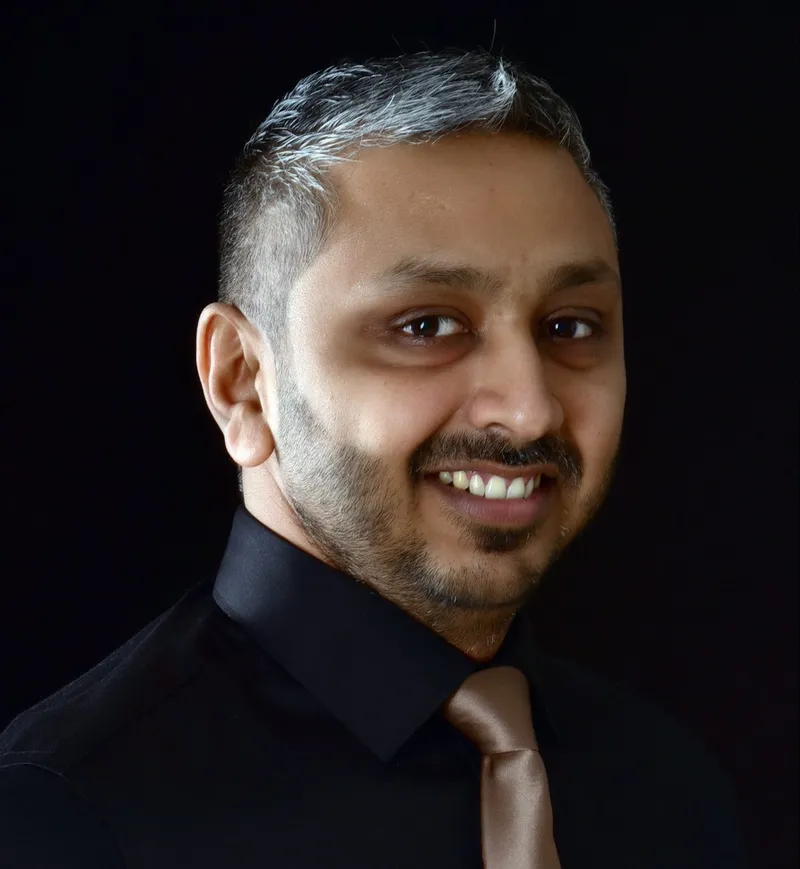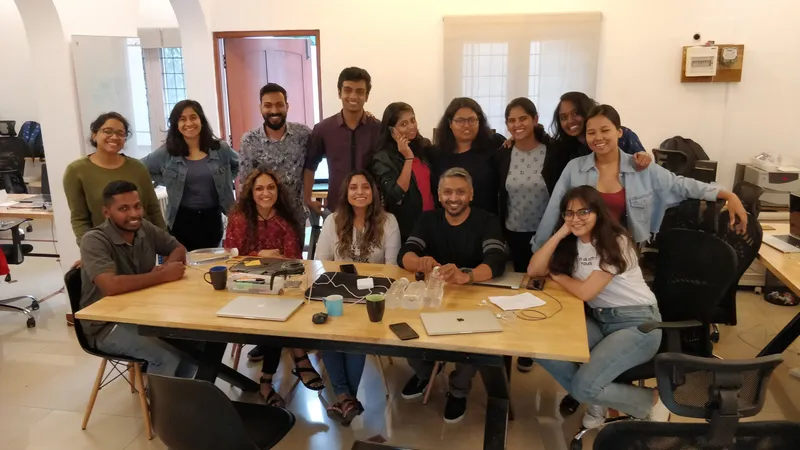How UX startup Redd makes biz impact by making functionality, not aesthetics, its focus
Bengaluru-based digital design studio Redd is helping early-stage startups as well as large enterprises acquire, convert and retain their customers better.
‘Good design is good business.’ - Thomas Watson Jr.
For a long time in history, design was restricted to aesthetics only. It remained a prop; ‘design’ meant beautification, not necessarily creation. With the growth of technology, however, the role of design in business has evolved.
Design is now as strategic as, say, marketing, and is expected to impact business bottomline. The role of design is to make technology simpler to humans so that they transact and interact with the business more. Redd, a boutique design studio in Bengaluru, is out to achieve that.
Redd is the brainchild of Sharan Grandigae, former design manager at Adobe Systems (India). Sharan joined Adobe in 2009, and after four years of dabbling with “old versions of desktop softwares”, he quit to pursue something in the “more exciting” mobile space.
It was also the time when his friends in Bengaluru were starting up. Two years of freelancing on, Sharan too started up. Redd was formed in April 2015.
“We did a trial run with UrbanLadder before launching. They got us to design their warehousing system. It was the biggest showcase for us, and brought more projects our way,” Sharan tells YourStory.
“It almost became a necessity to open a design studio,” he says. UrbanLadder eventually went on to trust Redd with the design of “its main website” too.

Redd, however, was not the first company Sharan had founded. Back in 2000 when he was a student at Drexel University in Philadelphia, he set up a software development enterprise with the prize money he’d won at a business competition. “I ran that company till 2009 [until Adobe happened],” he says.
Today, Redd’s marquee clients include a host of well-known startups such as BlueStone, CaratLane, Lenskart, ZebPay, Knowlarity, large enterprises including Asian Paints, L&T Infotech, Reliance General Insurance, brands like Lacoste, Syska, Cloudnine Hospitals and more.
Core services and use cases
Redd specialises in designing, what it calls, “version 1.0” products for its clients. It is where a product/ service/ software is designed from scratch without any prior overlays.
Besides specialising in user experience (UX) design, that “focuses on functionality as opposed to beautification”, the startup also offers motion graphics, illustrations, iconography, interactive videos, copywriting, branding and all other elements of web/mobile design.
Sharan says,
“There are many who do UI design on top of existing products. Universities are pumping out UI designers every day. But, very few specialise in UX, which involves understanding the core of a business. We firmly believe that if design doesn’t help you meet your business objectives, it has failed and that’s the only fair basis on which design can be measured.”
Put simply, good design should create good business impact. Redd claims it is doing so for its clients.
Take BlueStone, for instance. Redd’s UX design is said to have resulted in a 12 percent increase in sales conversion for the jewellery portal. For another undisclosed client, it led to a nearly six percent rise in conversion. “Good UX design brings down customer acquisition cost drastically. The entire sales cost comes down as well,” Sharan says.
Customer retention improves too, as it happened for BlueStone, which implemented Redd’s design on its desktop and mobile websites.
Gaurav Singh Kushwaha, CEO, BlueStone, tells YourStory:
“Our work with Redd began with a visual overhaul, but we extended our engagement with them subsequently as we saw the potential of their brand of UX design. We saw a reduction in drop-offs and an uptick in conversions after implementing their design.”
Redd went on to utilise learnings from the BlueStone exercise to eyewear portal Lenskart, which roped in the startup to redesign its mobile platform.

Sharan explains,
“We would go to jewellery stores to understand how customers bought jewellery. We found that on an average, they try 10 pieces before making the final purchase. We looked at the entire customer journey and spun it off on the web. Later, we used some of the learnings for Lenskart, where customers would try 32 pairs of glasses before buying. The more they tried, the greater their chances of purchase. So, we can bring in a cross-pollination of ideas and learnings across verticals and industries.”
Lenskart reveals that Redd’s UX and UI designs helped it ramp up conversion rates on the mobile site significantly.
Ramneek Khurana, Head of Operations, Lenskart, tells YourStory,
“Lenskart was looking to revamp the mobile platform and capitalise on the new user flow. We wanted Redd to go through all user profiles and share both UX and UI designs as per the findings. We have seen improvements in our mobile conversion post the implementation. This will now allow us to continue improving our mobile platforms.”
Challenges and opportunities
While testimonials from clients have been positive so far, Redd operates in a market that is cluttered with big-name agencies (and scores of small ones too) that flout their own digital operations to grab a majority of money-spinning projects.
Also, “design is still not considered as important,” says Sharan. “And a lot of it continues to get outsourced to agencies abroad.” However, VCs are now stressing on the importance of good design, and “encouraging entrepreneurs to get their UX done,” says Sharan.
The focus is on fintech and healthtech clients, which Redd claims are keen to ramp up their platform designs. “We just finished a project for Cloudnine Hospitals,” reveals Sharan. “Healthtech is big now,” he says. Redd says it is also working on a “core banking product that will change the way banking is done in rural areas.”
The 19-member startup has been bootstrapped for three years now. Without disclosing numbers, it says it has “ploughed back profits into the business”. The revenue model is a mix of retainership and project-based fees. Funding is not on the cards in the near future.
Founder-CEO Sharan summarises Redd’s philosophy: “We are trying achieve a higher level of collaboration between development and design. A lot of people think of design as aesthetics only. But, we are the architects. We design the entire system so that you can achieve your business goals.”







